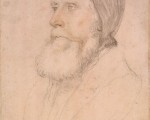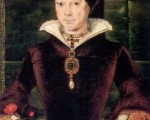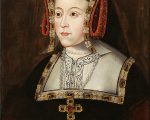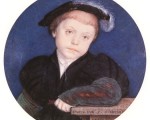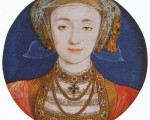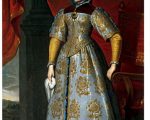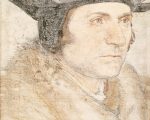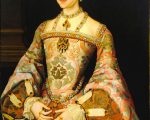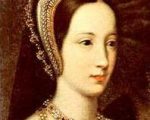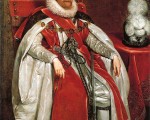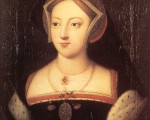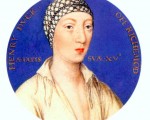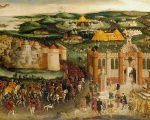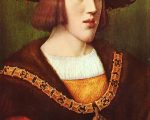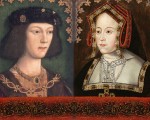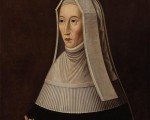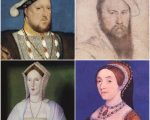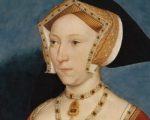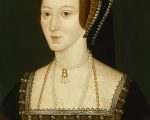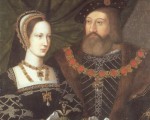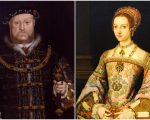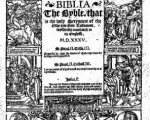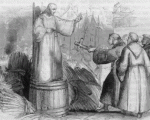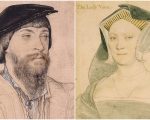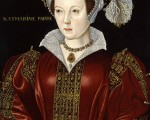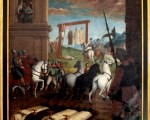
On 4th August 1540, Brother William Horne, laybrother of the London Charterhouse, was executed. He was hanged, disembowelled and quartered at Tyburn and was the last of the Carthusian Martyrs to be killed. Between May 1535 and August 1540, eighteen members of the Carthusian order were put to death for refusing to accept King Henry VIII as the Supreme Head of the Church.
You can read more about the Carthusian Martyrs in my article Henry VIII and the Carthusian Monks.
Horne wasn’t the only one to be executed that day. Chronicler Charles Wriothesley records:
“This yeare, the fowerth daie of Awgust, were drawen from the Tower of London to Tiburne, Giles Heron, gentleman, Clement Philpott, gentleman, late of Callis, and servant to the Lord Lile, Darbie Gynning, Edmonde Bryndholme, priest, William Horn, late a lay brother of the Charter Howse of London, and another, with six persons more, were there hanged drawen, and quartered, and one Charles Carow, gentleman, was that daie hanged for robbing of my Ladie Carowe, all which persons were attaynted by the whole Parliament for treason.”
[Read More...]
